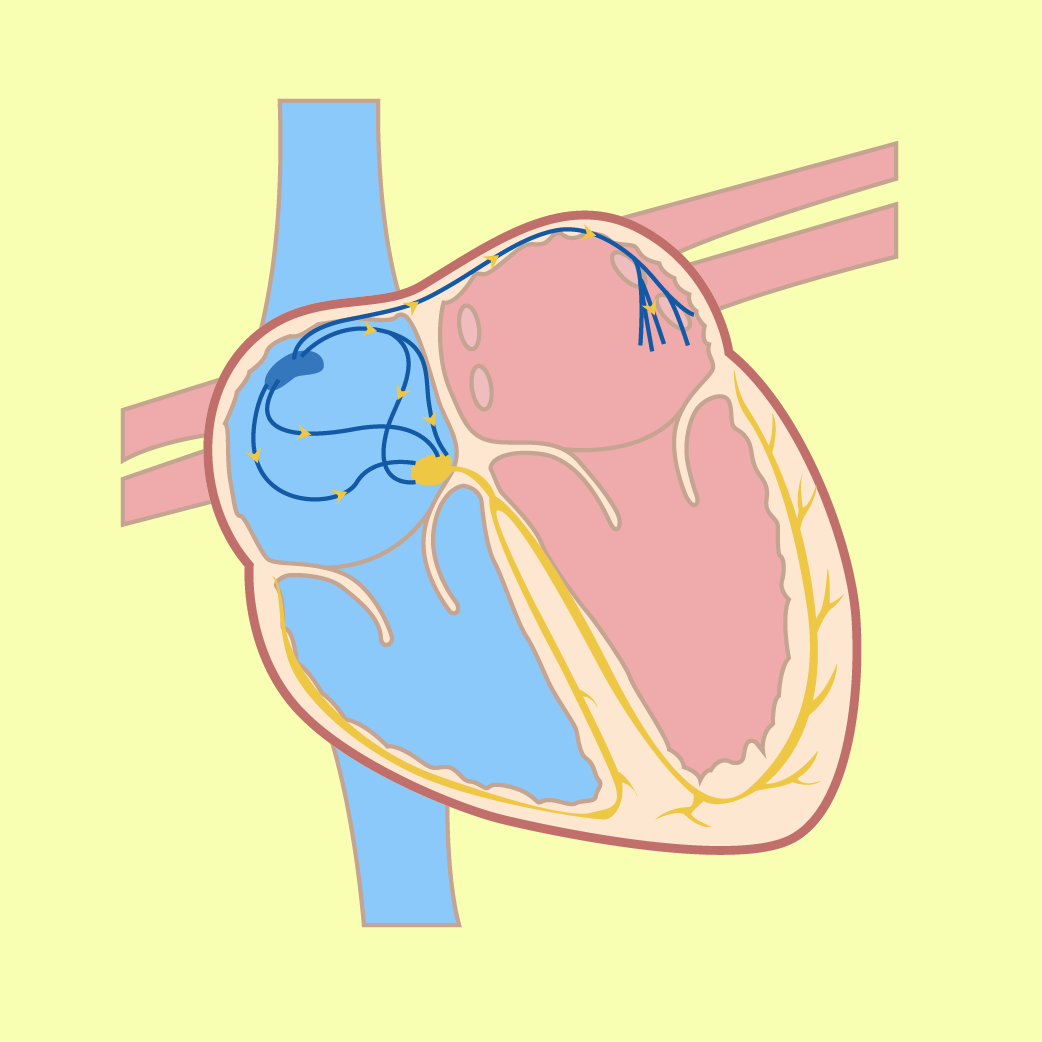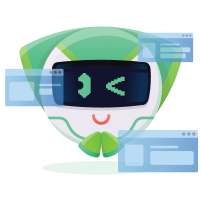Chapter 10: Transportation in Humans and Animals
What you need to learn in this chapter

In this chapter, we will learn about transportation in humans and animals. We will start the lesson by understanding the different types of circulatory systems and why they are necessary for complex multicellular organisms. We will also learn about the substances that are transported by the circulatory system which are substances required by cells and waste products. Next, we will focus on the circulatory system of humans. We will study the components of the human circulatory system, such as the heart, blood vessels, and blood. We will also explore the composition of blood, including blood plasma and blood cells. Moving on, we will delve into the mechanism of heartbeat including the sinoatrial node (pacemaker), atrioventricular node, bundle of His, and Purkinje fibres. We will also discuss the forces that cause blood to circulate in humans, such as the pumping of the heart and the contraction of skeletal muscles.
Lastly, we will study the mechanism of blood clotting. We will understand why blood clotting is necessary and learn about the process of blood clotting. By the end of this chapter, we will have a comprehensive understanding of how transportation occurs in humans and animals, including the circulatory system, heartbeat mechanism, and blood clotting.
Topics in this chapter

Live class daily with celebrity tutors
Learn more »
